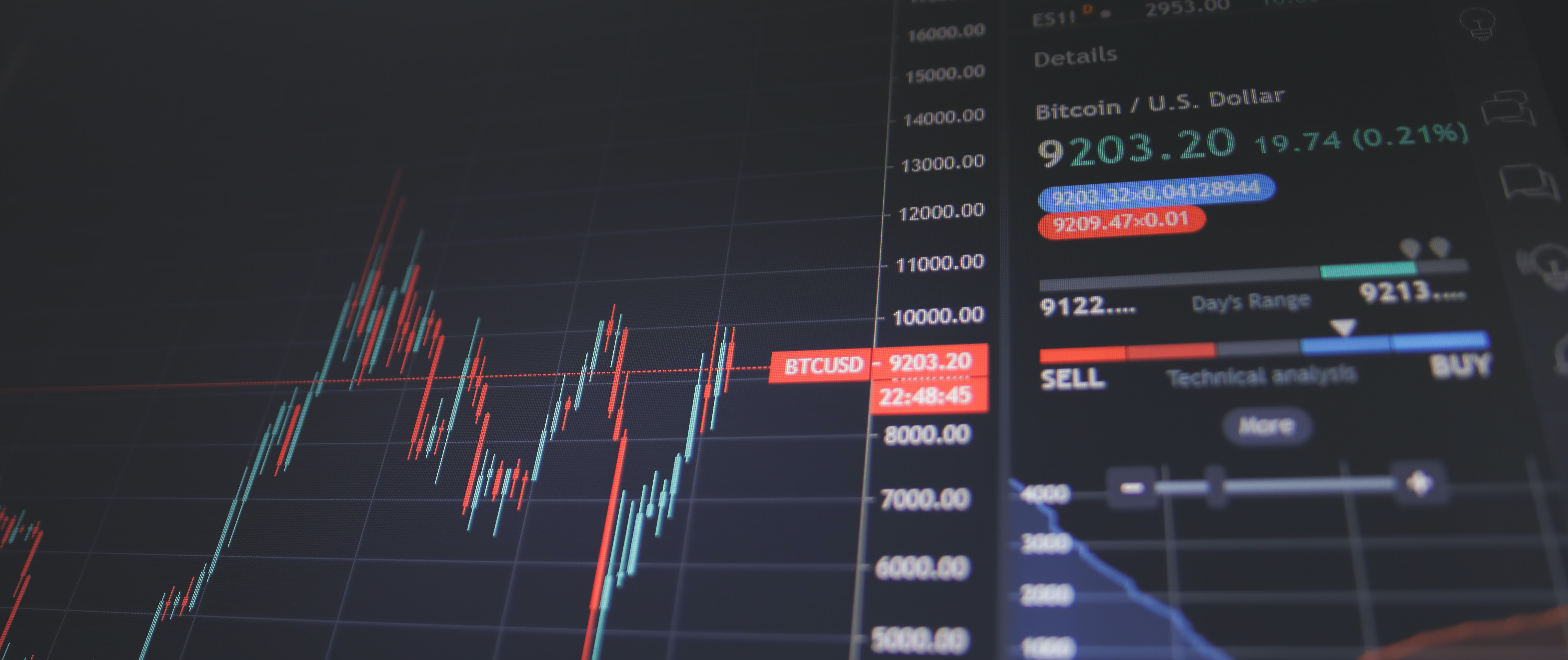Sterling Smith, AgriSompo North America’s Director of Ag Research, has more than 30 years of experience in agricultural marketing and data development. He offers expertise on everything from agricultural market conditions and trading strategies to the weather and has a keen understanding of the geopolitical and global macro forces propelling today’s markets.
A frequent contributor to CNBC, Bloomberg Television, the Wall Street Journal, Reuters, and the Red River Farm Network, Sterling currently produces the ASNA Edge Weekly Wrap-Up and Daily Edge emails for AgriSompo North America.

Mr. Smith recently took a few minutes to answer some questions about what’s on the horizon for 2024 markets.
In January of this year, when asked to describe the 2022 commodity markets in one word, you answered, “surprising.” Has 2023 been more of the same? Or would you pick a different word to use as we near the end of the calendar year?
Uninspiring. The Bloomberg Commodity Index, while notably bearish in 2022, has declined again in 2023. This broad index of commodities is still well above the 2015-2019 average, though.
If a recession does materialize in 2024, there is room for further downside in commodities overall.
Many are forecasting another substantial drop in U.S. farm income for 2024. Do you agree with that forecast? What do you feel are the biggest catalysts driving farm income at this time?
Unless grain prices improve meaningfully, it will be very hard to drive up farm incomes. While some input costs have eased, the cost of money is still very high. Unless we see something to drive prices higher, 2024 will be another tough year.
Is high economic inflation in our rearview mirror or do you predict further increases in 2024?
It would appear that the worst of the inflation is behind us; however, we are still well above the Federal Reserve’s 2% target and that may make rate cuts in 2024 much less likely. Prices are not likely to ever drop back to 2019 levels unless the economy drops into a very harsh recession.
A recession and/or the depth and length of one depends on how committed Chairman of the Federal Reserve, Jerome Powell, is to getting inflation right down to the 2% level. The easy part of the inflation fight is over, but the last mile (that last 1%) may prove to be much more difficult.
The market has priced in rate cuts starting in mid-2024. If they don’t happen, it will have negative implications for the U.S. dollar and all other risk assets.
The 2018 Farm Bill has been extended through September of 2024. The Farm Bill has typically been voted on and renewed every five years. Has the extension into 2024 impacted the commodity markets?
Not thus far, but the fact that this was only an extension may set the stage for more volatility down the road.
What do you predict for corn and soybean prices for 2024?
Assuming we see a normal number of total acres, planted soybeans should attract acreage away from corn. Assuming more typical weather conditions (which is a big assumption as we have had weather struggles of one kind or another since 2019), I see December 2024 corn futures trading between $4.70 and $5.35. For November soybeans, I see a range of $11.75 to $13.00. Keep in mind -- these ideas will change.
Is there any other topic on the horizon you’d like to speak about?
2024’s action likely started in early December with a massive reversal in gold; the metal fell sharply from a new all-time record high. With questions about the path of the Federal Reserve and what will likely be a hotly contested presidential election cycle, we should expect plenty of volatility in the outside markets. I expect some of that will spill over into the grain space. Paying attention will help protect profits.
To learn more about Sterling Smith and ASNA Edge, click here.


